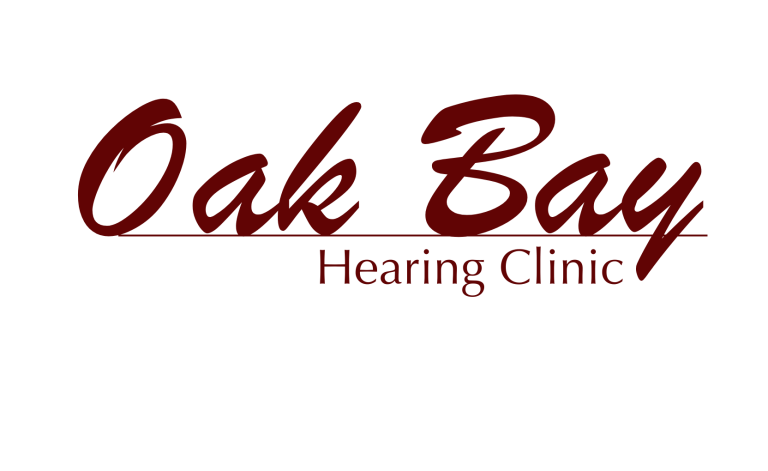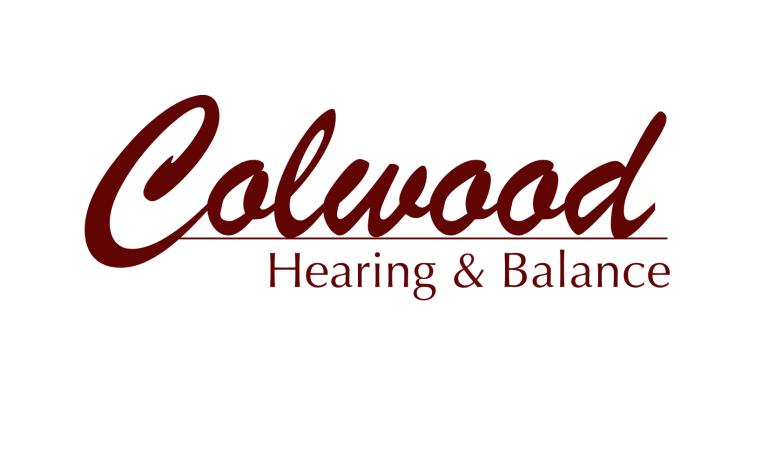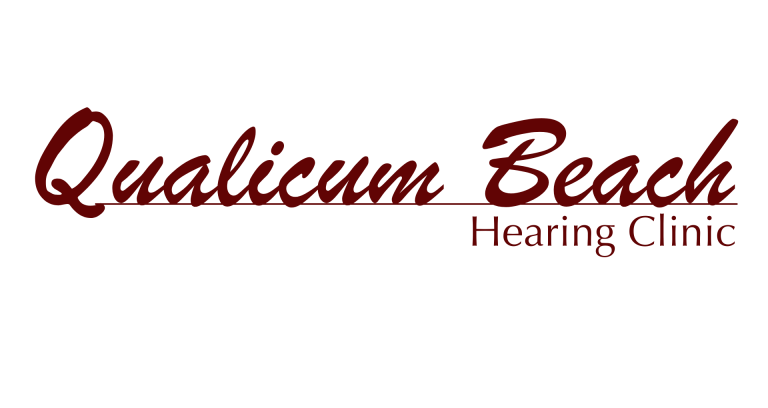What happens at a hearing evaluation?
A proper hearing evaluation is critical to the process of obtaining hearing aids. The results of this assessment will guide our clinician in making their recommendations regarding the most appropriate hearing aid.
The following are some of the things you can expect from your initial visit and evaluation.
Testing
You will enter a sound proof booth and be seated in a comfortable chair. Your clinician will visually inspect your ear canals and insert soft foam tips into the canal to get the most accurate measurement. They will then close the door and you will be asked to press on a button in response to hearing soft “beeping” tones. We will test both ears like this, which is called air conduction.
Next is a variety of word discrimination testing depending on the results of air conduction. You will be asked to repeat spoken words as well as measure your ability to listen to speech in the presence of background noise.
Following the speech testing, your clinician will then change headphones and test your hearing via bone conduction. This test allows your clinician to determine if your hearing loss is coming from your auditory nerve, or from your middle ear.
Your clinician may also do tympanometry and acoustic reflexes which will give them further information for a battery of tests all leading to an appropriate diagnosis.

Counselling
At the end of the testing, your clinician will lead you out of the sound booth to fully explain the results, show you exactly where in your ear the hearing loss is occurring and make recommendations to improve your ability to hear.
Report Writing
Upon request, the clinician will send a copy of your audiogram to you, your family doctor, your Nurse Practitioner or your Ear, Nose and Throat doctor (ENT).
To book a hearing evaluation request an appointment online or call the location closest to you!



